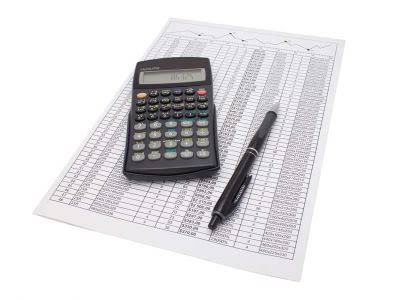
If you work with a bookkeeper or online bookkeeping service, they’ll handle it for you. Moreover, business owners use bank reconciliations to detect fraud and errors by either party. These reconciliations show cash flow and make it easier to spot and resolve discrepancies quickly.
Differences Between Bank and Book Balance

Further, it means that the value of your company’s equity, or stock, will rise if business is thriving, and new financing options might become accessible.
Bank Statement Format

Deposits in transit and unpaid checks are two instances of transactions that are reported in the cash balance but not the bank balance. The balance on the bank statement includes transactions that aren’t represented in the cash balance. A debit card provides access to money in your checking account, but a debit card itself is not a checking account. However, your financial institution may limit the number of withdrawals you can make per month.
What is the source of cash book entries?
- If there’s a discrepancy between your accounts and the bank’s records that you can’t explain any other way, it may be time to speak to someone at the bank.
- This includes not only the actual cash, but also any checks or deposits that haven’t been processed yet by the bank.
- If you work with a bookkeeper or online bookkeeping service, they’ll handle it for you.
- Reconciling your bank statements won’t stop fraud, but it will let you know when it’s happened.
- Similarly, when a check is issued to a supplier, an entry is made in the bank column on the credit side of the cash book.
This ensures that the company’s or individual’s financial records are accurate and complete. For this reason, all businesses need to reconcile their bank balance vs book balance bank balance and book balance often. Not doing so can lead to bad results like incorrect tax filings, missed chances for growth, or even bankruptcy.
What are the examples of bank statement entries that may not appear in cash book?

However, traditional checking accounts don’t let you accumulate interest. Claire is a senior editor at Newsweek focused on credit cards, loans and banking. Her top priority is providing unbiased, in-depth personal finance content to ensure readers are well-equipped with knowledge when making financial decisions. In the Bank Transaction tab, this was new a few months ago and I still cant figure it out. What is the number shown with “In Quickbooks” – it seems to have no relevance I can see, because what it says is “in quickbooks” is not even close to what I have categorized into it.
Submit to get your question answered.
The source of bank statement entries is cheques deposited by customers, payments made to suppliers by issuing a draft or check. When the bank pays out cash against that cheque, it records the payment on the debit column of his statement of account. When David writes out a check, he makes an entry on the credit side of his cash book (being a reduction in asset, cash at bank). When an account holder issues a cheque, which the bank pays, the bank debits the account holder’s personal account. On the bank’s side, the record is usually kept in the form of a personal account.
Generating and Balancing the Books
